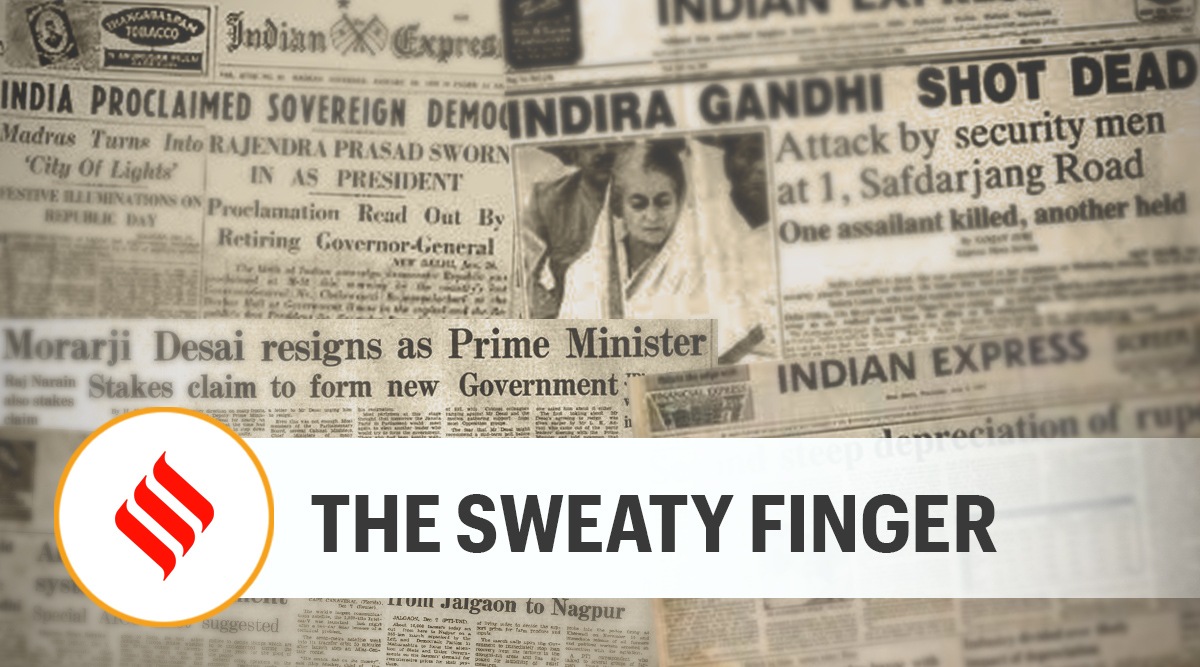 A sweaty finger could be much more dangerous than an algorithm.
A sweaty finger could be much more dangerous than an algorithm. It is, in essence, just a set of mechanical joints, wrapped in collagen, human dermal fibroblasts and epidermal keratinocytes. Yet, the “slightly sweaty” finger developed by Japanese scientists — the first robotic digit with living skin — is a breakthrough that makes the utopias and dystopias of speculative fiction straddle the edge of prophecy. The small pink digit is a likely precursor to humanoid androids. Coupled with advances in AI and machine learning, it points to the question: What does the future hold for humanity’s relationship with the machine-people it is on the path to creating?
Advocates for the machine-people argue that the more human-like they are, the more easily they can be useful as nurses, crossing guards, and for dangerous jobs. Making machines seem sentient is particularly important to traverse the “uncanny valley”, especially to have them perform tasks that require human interaction. Simply put, the uncanny valley is the odd, unsettling feeling when machines and audio-visual simulations closely resemble humans. But there’s a reason that tools that look like us make humans uneasy.
Imagine an almost-sentient nurse. Just because its mind works through a code, does it not have personhood? Making it work without rights or payment will amount to slavery. Then there’s the justifiable fear that futurists have raised for the better part of a century — the machines, as they become more human-like (in their behaviour as much as their look) are likely to take over. When it comes to the ruthless exercise of power, they will learn from the best — their creators. Finally, those who believe this pessimism in based on the unfounded suspicion of technology would do well to remember that social media began with the promise of “connecting people” in the ether, and is now, sometimes, a threat to democracy. A sweaty finger could be much more dangerous than an algorithm.
Best of Express Premium
- The Indian Express website has been rated GREEN for its credibility and trustworthiness by Newsguard, a global service that rates news sources for their journalistic standards.

